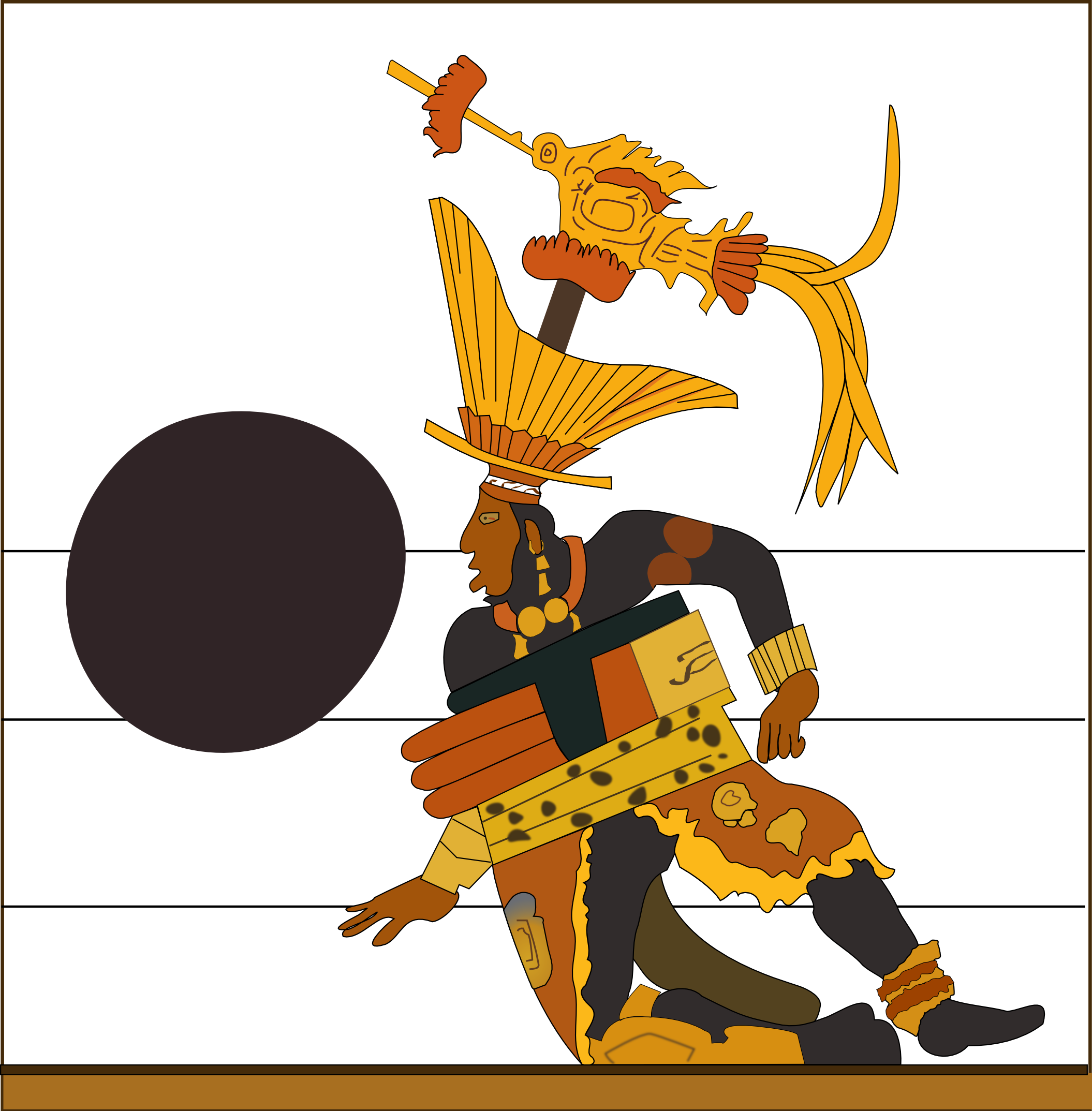
Sunday is the Super Bowl, the culminating game in a sport that involves teams of men tackling each other into the ground as they try to advance a thick-skinned ball down a long field.
From 1931 to 2006, the National Center for Catastrophic Sport Injury Research, looking at anything from high school and sandlot games to the NFL, reported nearly 1,700 fatalities from football, or an average of about nine a year. But as rough as American football is, the sport seems limp compared to the ancient Mayan game of Ulama, in which players, often wearing nothing but loincloths, moved a nine pound rubber ball down a narrow court lined with stone walls using only their hips. Occasionally, losers were ritualistically sacrificed.
Other Great Reads: The shocking secrets of Inca child sacrifice
Ulama dates back to 1400 BC and was played by Mesoamerican groups from present-day Nicaragua up through northwestern Mexico. Games were played on I-shaped courts with sloping stone walls that the ball could bounce off. Some courts were not much larger than a basketball court, others, such as the great court at Chichen Itza, the famous Mayan site on Mexico’s Yucatan Peninsula, were as long as a football field. The game was played with teams of between two and four players. Rules varied greatly. Some groups played with stone paddles, a crude form of racquetball, whereas others played a sort of net-less volleyball, hitting the ball back and forth until it went out of bounds or one team lost possession. A later variation of the game involved striking the ball—using only the hips—through vertical stone hoops hung nearly 20 feet off the ground.
Uniforms were often nothing much more than a loincloth padded with leather around the hips. Bruised hips were common, some injuries were far more devastating. Around the year 1600, the Spanish chronicler Diego Duran witnessed the game and reported seeing bruises so severe they had to be lanced open. Other players were killed, slammed by the tough rubber ball in the mouth, stomach or intestines. In some instances, more elaborate garb was worn; headdresses, helmets, gloves and a stone yoke across the chest to prevent injury. Some paintings depict players in capes and masks with a special garter worn just below the knee whose function was unknown.
Other Great Reads: A comprehensive guide on how to act at a funeral
The balls were made of solid rubber and weighed anywhere from six to nine pounds. They were constructed by mixing latex sap from the lowland jungle Castilla elastica tree with sap from the vine of a specific species of morning glory. Balls were thought to have been about the size of a volley ball, though some ancient paintings depict massive balls more like the size of a giant beach ball. The earliest known balls date back to 1700 BC and come from a sacrificial bog in the hinterland around the Coatzalcoalcos River, in the Mexican state of Veracruz. Some balls were adorned with the colorful green feathers of the quetzal, a bird common to humid tropical highlands. The feather was thought to have sacrificial significance.
The style of the sacrifices is interesting. Sometimes it seems the losing side would pick a handful of people to be sacrificed, or even use people who had been sequestered beforehand just for that purpose. In other instances, the captain of the losing team was killed. The sacrifice often involved decapitation. Some scholars believe games were occasionally played with the heads and skulls of past victims.
This is obviously a far cry from the norms of American football, or any other US sport for that matter. But there is one Ulama custom still popular today: betting. The 16th century Spanish missionary and historian Fray Juan de Torquemada tells a story of how the Aztec emperor, Axayacatl, and Xihuitlemoc, the leader of Xochimilco, would wager vast sums of money on games of ulama. Other kings would literally play for kingdoms, with losers succeeding entire territories to the winner.
In 2003, a team of researchers from California State University, Los Angeles held an ulama conference in the town of Mazatlan, on the Pacific Coast of Mexico. A troupe of politicians, tourists and journalists traveled into the Sierra Madre Mountains, where in the tiny town of Los Llanitos, every Sunday afternoon, village men play the game. The men, most of them farmers, use an eight pound rubber ball and play on a packed dirt field. There are only about two hundred players in the whole state, and the number of younger ones is declining, one of the archaeologists explained to a reporter. “The game is at risk of dying.”
So, when you’re watching the big game this Sunday and pondering what the spectacle is really all about, think of Ulama.









